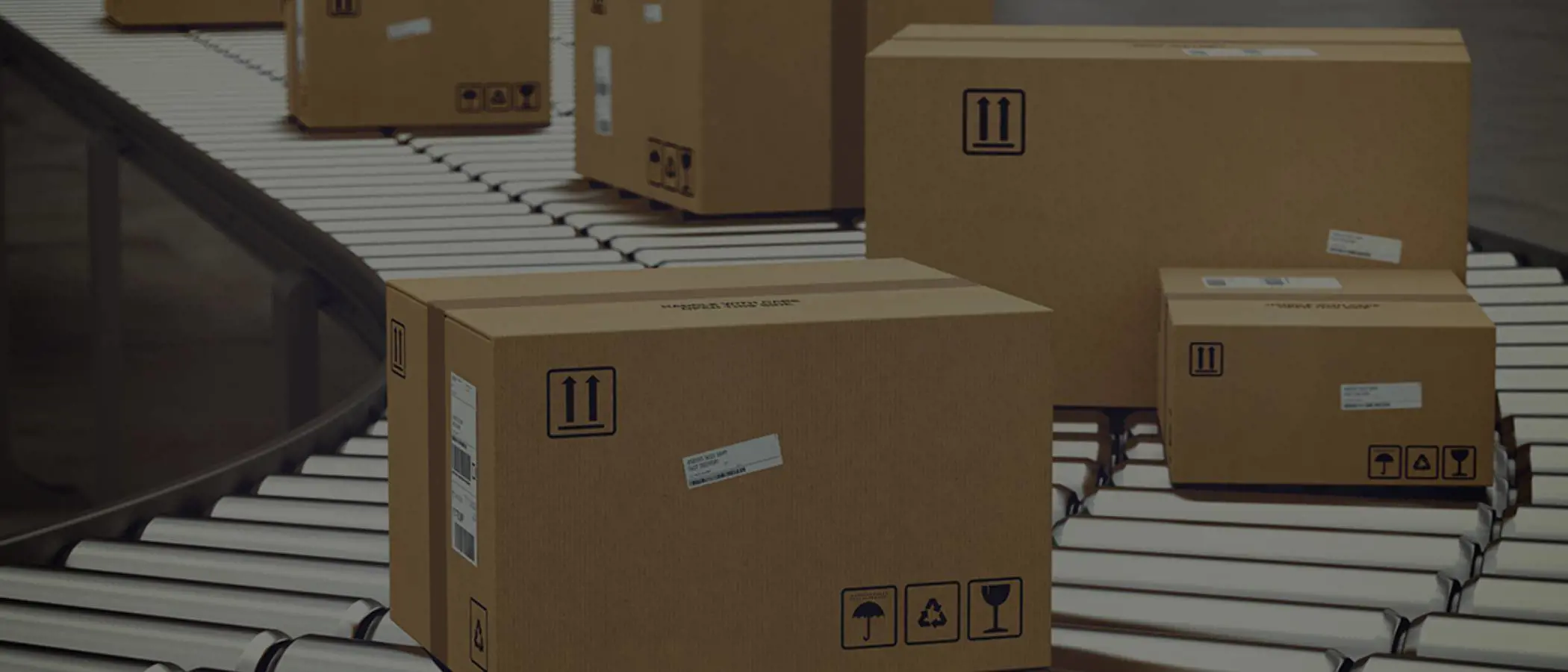We first took an interest in the environmental consequences of the rise of online retail back in 2017. At the time, we wrote that, depending on the situation, e-commerce could “represent the tip of the green IT iceberg” and “demonstrate the relevance of new technologies to energy transition”.1
This growth is well underway. Over the last 5 years, revenue from online retail sales has grown 165%, reaching $3,535 billion in 20192.
Furthermore, while e-commerce was already expected to grow ever-faster in the coming years, the 2020 Covid-19 crisis has simply accelerated the process, sounding the death knell for many bricks-and-mortar outfits.
How can the environmental cost of the e-commerce boom be fairly assessed? Nowadays, as every industry and trade sector claims transparency over its environmental impact, and to be working on mitigating it, it would seem particularly timely to examine the issue from the specific viewpoint of its impact on climate change.
A sector with high climate impact
The transition to new modes of social experiences (remote-working, social distancing, etc.), as seen particularly in 2020, is not without effect from an environmental point of view, especially because of the link between consumers’ behaviour and the different means of transport used. In fact, e-commerce alone generates 21%3 of the greenhouse gases emitted in Europe. Together with electricity generation, it is the sector that will have to decarbonise the fastest if the European Union is to reduce, by 2030, its greenhouse gas emissions by 44% of current levels4. Of the aforementioned 21%, nearly three-quarters is generated by road transport, mainly private cars and the small vans so popular with e-commerce delivery drivers.
At first glance, the benefits (to the climate) of an expansion in e-commerce therefore seem obvious. On the one hand, dozens of trips to shopping centres in private vehicles with internal combustion engines. Versus (on the other) a single delivery round, bringing all those individuals the goods on their shopping list. Apart from the social consequences of such a change in behaviour, which will not be discussed here, the impact of e-commerce on GHG emissions will depend a great deal on the purchasing method it replaces, as well as its impact on our behaviour as consumers in general.
Vehicle GHG emissions
Although private vehicles certainly emit CO2, delivery vehicles do, too. In fact, by virtue of their weight and larger size, delivery vehicles emit considerably more CO2 than private cars.
And, don’t forget, consumers don’t always drive themselves to the shops. Town-dwellers benefit from shorter distances to stores, and from public transport services that emit little CO2. In reality, only a massive switch to 100%-electric vehicles would enable e-commerce in urban areas to generate lower GHG emissions than if consumers had taken public transport, cycled or even walked to stores to make their purchases.
In addition, the transition, in Europe, of the stock of privately owned vehicles to 100% electric-powered models by 2030 will reduce the marginal gain in GHG emissions brought about by e-commerce, further reducing – from this point of view – e-commerce’s climate benefits.
Changes in consumer behaviour
Discussions that compare e-commerce to bricks-and-mortar retail are often conducted from an “all-other-things-being-equal” stance and as if the expansion of e-commerce does not bring about changes in consumption patterns.
The term “substitution” is used when an online purchase takes the place of one that would have been made in a store.
This skips over the possibility that e-commerce increases our propensity to consume, and over the resulting environmental externalities. This question has already been examined many times, but none of the research provides a definitive answer, given the diversity of habits and product types, and the difficulty in modelling how a consumer would have behaved without e-commerce.
The simplicity of a mere mouse click, the availability of thousands of products on one website, and the possibility of buying a wide range of items in a single transaction are all factors contributing to the success of e-commerce, but which could also explain its impact on the volumes of goods consumed.
They are not, of course, the only factors. In the fashion industry, for example, the almost constant renewal of collections, combined with extremely low prices, contribute to the growth in sales volumes.
Managing returns
A more subtle aspect than the quantity of goods purchased through e-commerce is that of goods purchased with the intention of, if necessary, returning some, either because we don’t like them or because they are otherwise unsuitable.
Here, too, the clothing industry comes immediately to mind. Research in this area5 shows that the level of returns has a significant impact on the GHG emissions generated by e-commerce. Such returns increase the overall e-commerce-related GHG emissions and their environmental impact, all the more so if, as already happens, returns are sent back to Asia for repackaging or are even, according to one NGO’s allegations against Amazon, simply destroyed6. It should be noted that the systematic acceptance of returns is now becoming standard in bricks-and-mortar retail, forced to align itself with e-commerce practices to remain competitive7.
No going back, but a number of routes forward
As with many innovations driven by technological change, the development of e-commerce does not automatically bring about an improvement in terms of the environmental impact of our activities. This impact depends first and foremost on the use we make of these new possibilities. If e-commerce becomes an excuse for the over-consumption of unsustainable goods, a large proportion of which are returned to the retailer, its impact on climate change is likely to increase and negate the achievement of our carbon-neutrality targets.
Our analysis of companies in the sector, and the dialogue around ESG aspects that we conduct with them, are consequently aimed at encouraging a rapid transition to 100%-electric vehicle fleets, powered entirely – just like their IT infrastructure – from 100%-renewable sources. These two measures will not prevent other negative impacts, including the generation of waste and the consumption of other natural resources. However, they do deliver a credible response to climate emergency for a sector with an ever-growing impact on the climate.
2 https://www.statista.com/statistics/379046/worldwide-retail-e-commerce-sales/
3 Eurostat data
4 Under the Paris Agreement, the European Union has committed to reducing its greenhouse gas emissions by 45% compared to their 1990 levels by 2030. In 2019, the European Commission raised the target, committing to a 55% reduction by 2030 and carbon neutrality by 2050. This 55% objective equates to a 44% reduction from the level of emissions recorded in 2019.
5 See in particular Cullinane, S., et al. (2019). Retail clothing returns: A review of key issues. Contemporary Operations and Logistics, Palgrave Macmillan, Cham: 301-322.
6 https://www.amisdelaterre.org/destruction-de-produits-neuf-fin-de-l-impunite-pour-amazon/
7 “Retailers rethink returns policies as increase in ‘serial returners’ impacts bottom line”, https://home.barclaycard/press-releases/2019/05/retailers-rethink-returns-policies-as-increase-in--serial-return/

